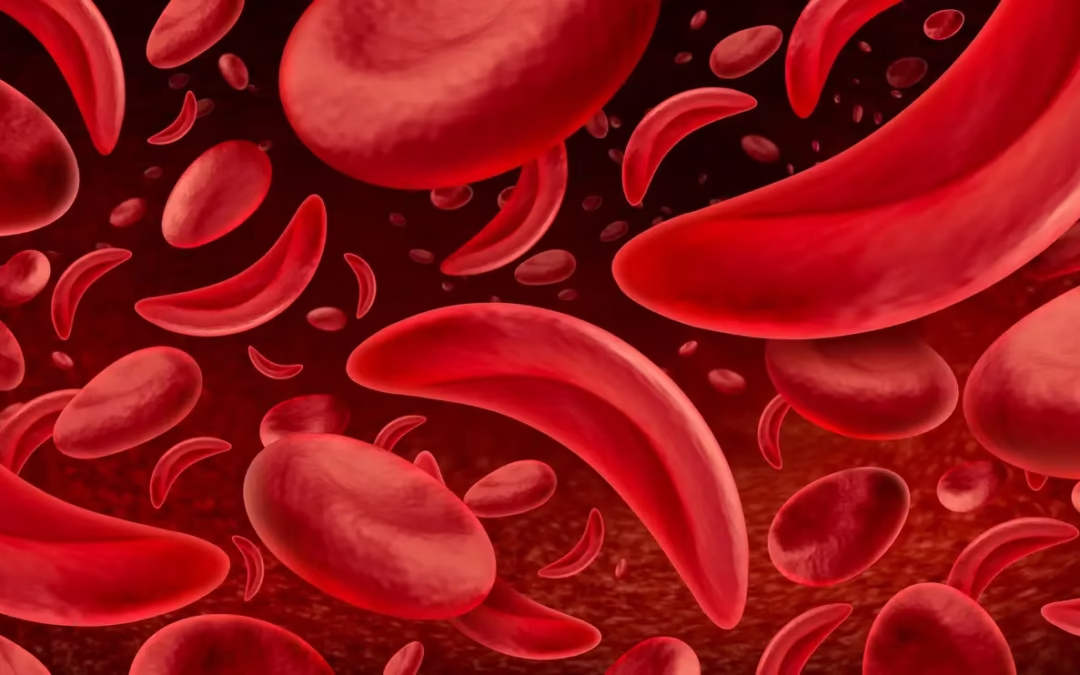Content discussed in this post
What thrombosis is and why it matters
Symptoms: DVT and pulmonary embolism
Risk factors and triggers
Diagnosis: how the workup is done
Treatment: anticoagulation and beyond
Prevention: day to day and special situations
Situations that require immediate attention
Quick FAQ
How VirtualCare can help
Important notice (health disclaimer)
References and recommended reading
What thrombosis is and why it matters
“Thrombosis” is the formation of a blood clot inside a blood vessel. When it occurs in the deep veins of the legs or pelvis it is called deep vein thrombosis (DVT). If part of this clot breaks off and reaches the lungs, it causes pulmonary embolism (PE), a potentially serious condition. There are also arterial thromboses (not the main focus here), associated with heart attack and stroke.
The good news is that early identification and correct treatment reduce complications, recurrence, and preventable deaths.
Symptoms: DVT and pulmonary embolism
Signs vary by location. Not everyone will have all of them, but recognizing the pattern helps you seek care in time.
DVT (legs/pelvis)
Pain or heaviness in the calf or thigh
Unilateral swelling
Local warmth and redness
More prominent superficial veins
Worse after standing for a long time
Pulmonary embolism
Sudden-onset shortness of breath or rapidly worsening breathlessness
Chest pain that can worsen with deep breaths
Cough, sometimes with blood
Dizziness or fainting
Fast heart rate and low oxygen saturation
Sudden respiratory symptoms after recent leg pain and swelling further raise suspicion for PE.
Risk factors and triggers
Thrombosis usually results from a combination of factors that affect blood flow, vessel walls, and coagulation.
Prolonged immobilization: postoperative periods, fractures, long trips with little movement
Major orthopedic, oncologic, or other large surgeries
Active cancer and some antineoplastic treatments
Pregnancy and postpartum, contraceptives, and hormone therapy
Hereditary or acquired thrombophilias (e.g., antiphospholipid syndrome)
Obesity, smoking, advanced age
Recent infections and inflammatory states
Personal or family history of thrombosis
Often a single factor does not explain it. Sometimes two or three triggers in sequence raise risk substantially.
Diagnosis: how the workup is done
Evaluation starts with history and physical exam. For lower-limb DVT, a clinical score (such as Wells) is often used. When pretest probability is low and D-dimer is negative, DVT becomes unlikely. If suspicion persists or D-dimer is elevated, the test of choice is venous duplex (compression) ultrasound of the limbs.
For PE, assessment combines oximetry or blood gas analysis, blood tests, electrocardiogram, chest X-ray, and, when indicated, contrast-enhanced CT pulmonary angiography. When contrast is not possible, a ventilation–perfusion (V/Q) lung scan may be considered.
Remember that D-dimer is sensitive but not specific. It rises in many conditions, so results must be interpreted in clinical context.
Treatment: anticoagulation and beyond
The cornerstone is anticoagulation, which prevents clot growth and reduces the risk of embolization. The regimen depends on clinical scenario, comorbidities, bleeding risk, and availability.
Anticoagulation
Heparins: unfractionated (IV) or low-molecular-weight (subcutaneous), widely used at treatment initiation and in pregnancy
DOACs: rivaroxaban, apixaban, dabigatran (generally no INR monitoring; fixed dosing)
Warfarin: effective and low cost, but requires INR monitoring and careful attention to interactions
Duration of treatment
Provoked event by a transient factor (e.g., recent surgery): typically 3 to 6 months
Unprovoked event or with persistent factors (e.g., high-risk thrombophilia, cancer): extended therapy may be considered
Decisions are individualized, balancing recurrence risk and bleeding risk.
When to consider other strategies
Systemic or catheter-directed thrombolysis in high-risk PE with hemodynamic instability
Inferior vena cava (IVC) filter in very specific situations when anticoagulation is contraindicated and PE risk is high
Analgesia, limb elevation, and compression stockings to relieve DVT symptoms
During treatment, watch for bleeding signs. Never adjust doses on your own.
Prevention: day to day and special situations
Preventing thrombosis combines movement, hydration, and medical measures when needed.
Everyday
Get up and move your legs frequently if you sit for long periods
Stay well hydrated
Reduce smoking, maintain a healthy weight, treat comorbidities
Discuss thrombotic risk with your clinician before starting hormones or elective surgery
Long trips
Walk the aisle and flex ankles and knees periodically
Avoid excessive alcohol; keep water handy
Graduated compression stockings can help in higher-risk people
Postoperative periods, pregnancy, and cancer
Some patients benefit from prophylactic anticoagulation for a defined period
In pregnancy, prefer low-molecular-weight heparin when indicated
In cancer, the regimen and duration are personalized, considering bleeding risk and interactions
Situations that require immediate attention
Seek emergency care if you have:
Sudden, severe shortness of breath
Chest pain that worsens with breathing
Coughing up blood, dizziness, fainting
Sudden, painful swelling in one leg, especially after immobilization, surgery, or a long trip
Quick FAQ
Does thrombosis always leave sequelae?
Not always. Some people recover fully. Others may develop post-thrombotic syndrome with chronic swelling and leg discomfort.
Can I travel after a DVT/PE?
It depends on time since the event, symptom control, and anticoagulation status. Long trips soon after an event are usually discouraged. Discuss with your doctor.
Do contraceptives increase risk?
Some estrogen-containing methods increase risk, especially if you have other factors. Review alternatives with your gynecologist.
Do compression stockings prevent thrombosis?
They help with edema and symptoms and may play a preventive role in specific situations. In travel and higher-risk postoperative settings, they may be recommended as part of a package of measures.
How long will I take an anticoagulant?
Usually 3 to 6 months for provoked events. For unprovoked events or persistent factors, extended therapy can be discussed. The decision is individual.
Important notice (health disclaimer)
This content is educational and does not replace medical consultation. For individualized diagnosis and treatment, seek a healthcare professional. In emergencies, seek care immediately.
References and recommended reading
Kearon C, et al. Antithrombotic Therapy for VTE Disease. CHEST Guideline.
Konstantinides SV, et al. 2019 ESC Guidelines for the diagnosis and management of acute pulmonary embolism. Eur Heart J.
NICE. Venous thromboembolism: reducing the risk for patients in hospital.
ISTH (International Society on Thrombosis and Haemostasis). Guidance documents on VTE.
Cochrane Reviews. Interventions for preventing venous thromboembolism in adults.
ASH Guidelines. Management of venous thromboembolism.
Brazilian Society of Cardiology / Brazilian Thoracic Society. Guidelines for venous thromboembolism.



